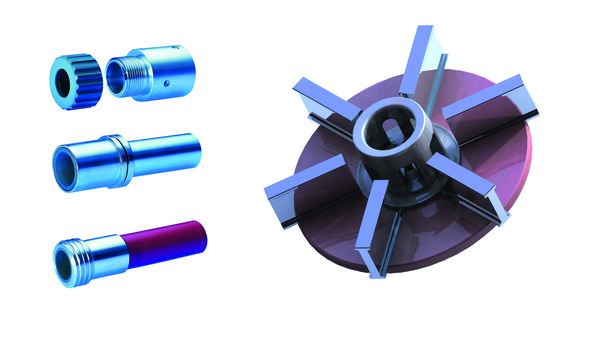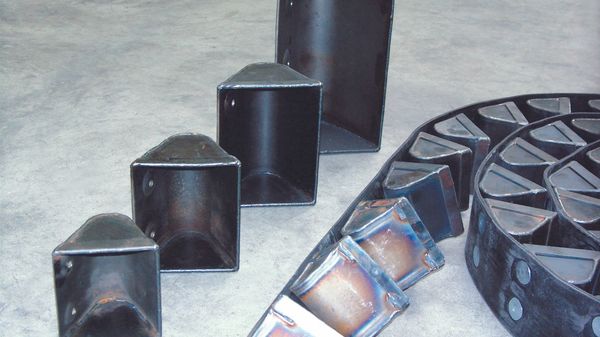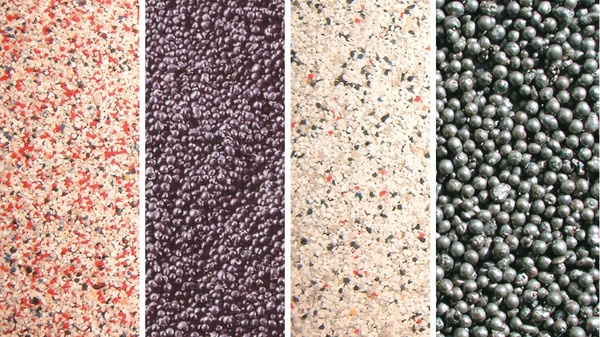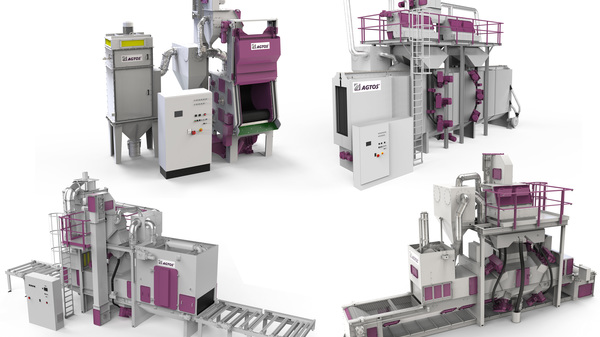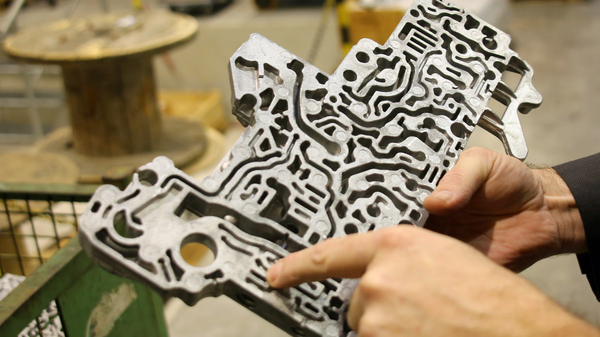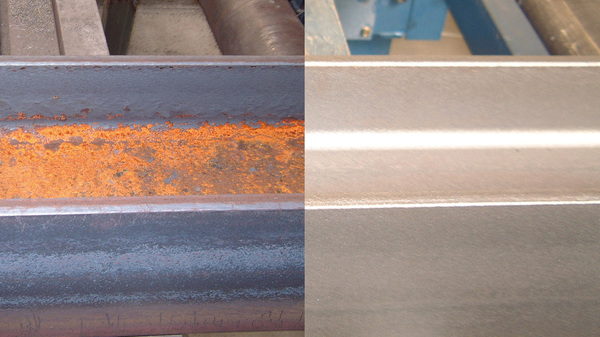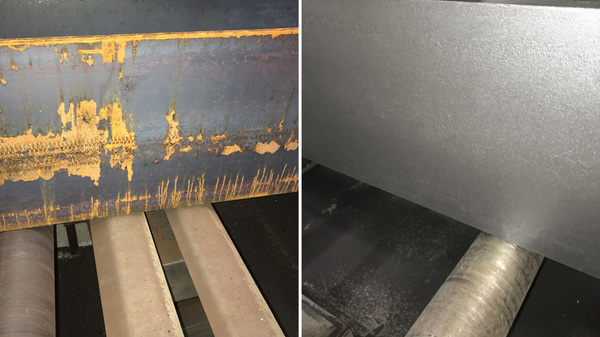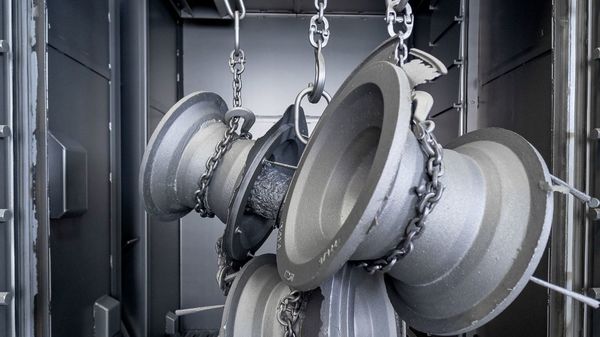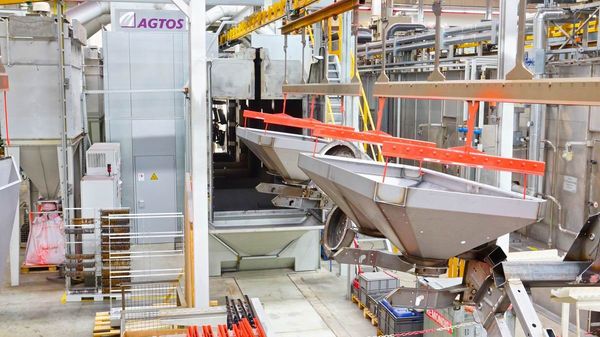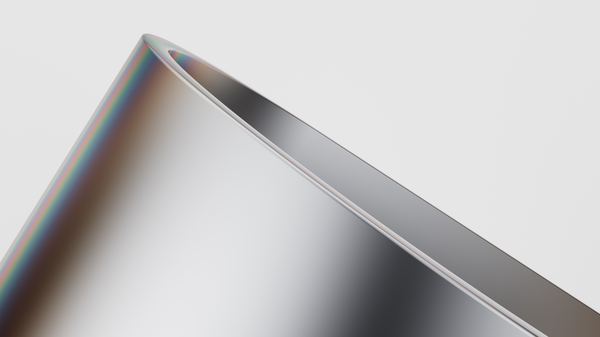Guide
In our guide, we explain how shot blast plants work and their applications, the various blasting techniques and their differences.
Our focus is on the wheel blast method. We go into the technical aspects of the blasting process, explain the selection of suitable abrasives and present different types of machines. Our aim is to give you an understanding of the technical details of shot blast plants.
We also provide practical tips for the various types of surface treatment.
Basics of blasting technology - compressed air blasting, sand blasting and wheel blasting
What do blasting systems do with the blasting medium? What effects are created in the blasting process? You will find everything you need to know about the basics of blasting technology in the following article.
The blast media cycle of a wheel blast machine
Which path does the blasting abrasive take in its preparation? From the centre of the blast wheel to the storage container. All phases and additional information in the following article.
Blasting abrasive types: grit sizes & variants
Choosing the right blasting abrasive is often not an easy decision. There are many different types and grit sizes with unique properties. You can find out what you need to consider to make the right choice in the following article.
Wheel blast machines: types & features
From roller conveyor to drum blast machines. Which is the right choice for your project? Find out everything you need to know about the different blasting systems in the following article.
Deburring metal: What methods are there?
There are some things you would rather avoid in life - but you can't. For metalworkers, burrs are one of them. In this article, you can find out what these unpleasant shapes are and how to remove them.
Removing rust: effective household remedies and industrial solutions
Where there is iron, there will soon be rust: the oxygen in the air reacts with the metal wherever possible. But rust must not be allowed to remain, there are several reasons to remove it. You can find out how to do this in this article.
Descaling: Removing scale and burn-off from steel
Hot and hotter: Temperatures of well over 1,000 °C are reached during steel production. And the steel is also heated during certain further processing methods such as hot rolling, forging or heat treatment. This is not without consequences for the material - scale is formed.
Casting fettling: Procedure & methods of machining
In this article, you will read which processing steps are summarised under the term "fettling". You will learn about the importance and application of blasting technology in this context.
Blasting media additives: Blasting & degreasing metal
What is it? The innovative PantaTec process removes grease and oil from metal directly during blasting in blasting systems. Find out how this works in this article
Surface treatment of metal: Polishing & matting metal
When a workpiece made of stainless steel or another metal is cast, forged or formed, it is still in its raw state. In order for it to fulfil its final purpose, further processing is necessary.

